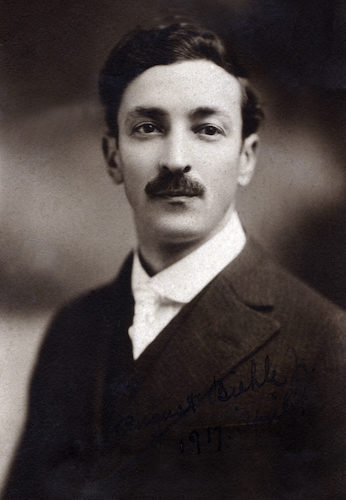 A versatile painter who worked in a variety of genres and styles, August Biehle was active in Cleveland for more than three-quarters of a century. Born in Cleveland in 1885 to German immigrant parents, he apprenticed at an early age to his father, a painter trained in Germany who produced decorative murals for fashionable homes.
A versatile painter who worked in a variety of genres and styles, August Biehle was active in Cleveland for more than three-quarters of a century. Born in Cleveland in 1885 to German immigrant parents, he apprenticed at an early age to his father, a painter trained in Germany who produced decorative murals for fashionable homes.
In 1903 Biehle traveled to Europe to receive a formal art education. After a brief stint in Paris, he studied for two years at the Kunstgewerbeschule in Munich. Returning to America, he attended evening classes at the Cleveland School of Art, 1906-9, studying with Frederick Gottwald. Although Biehle worked as a consultant for the Sherwin-Williams Paint Company, his interest in easel painting compelled him in 1910 to make a second trip to study in Munich, where he was impressed by the expressionist paintings of the Blue Rider group.
In the fall of 1912, after returning to Cleveland, Biehle exhibited his modernist paintings at the Rorimer-Brooks Studios and the Korner & Wood Galleries. To support himself, he worked as a commercial lithographer until he retired in 1952. Around 1913 he became friendly with William Sommer and joined the Kokoon Klub.
With Sommer and others he went on painting excursions to Berlin Heights, Ohio. Biehle participated in the exhibition of American modernists at the Taylor Gallery (1914). The following year his paintings were displayed in a solo exhibition at the Kokoon Klub, where he continued to show through the 1930s. Although his last solo exhibition was mounted in 1963, Biehle continued to exhibit in group shows through the late 1970s, including the annual May Shows at the Cleveland Museum of Art (1920-77).
He died in 1979, having had a career of nearly seventy years. His paintings have been in numerous exhibitions including the Cleveland Museum of Art, the Butler Museum in Youngstown, the Pennsylvania Academy of Fine Arts in Philadelphia and the Whitney Museum in New York City.
biography courtesy of Transformations in Cleveland Art, 1796-1946, The Cleveland Museum of Art
August Frederick Biehle Exhibition | October 10 - December 30, 2025
Works by August Frederick Biehle
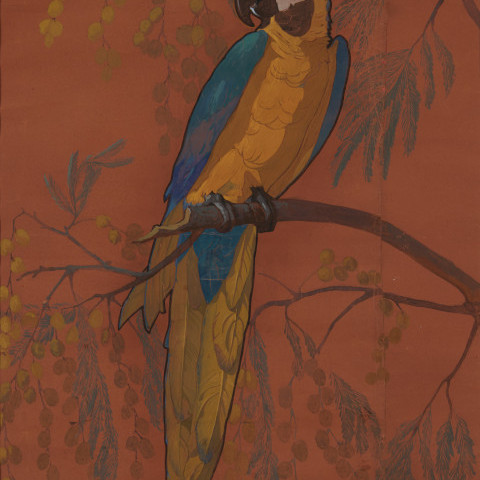
Parrot, 1905 August Frederick Biehle
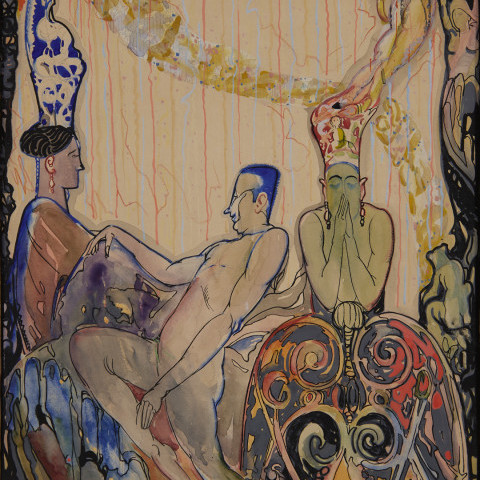
Sketch for Kokoon Klub, Souvenir/Poster, c. 1914-19 August Frederick Biehle
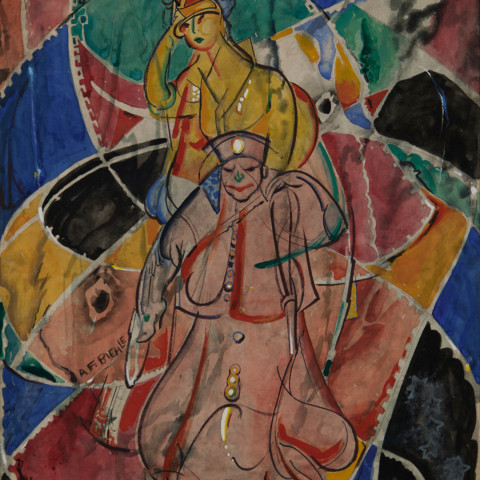
Clown and Lady, Sketch for Kokoon Klub Poster, c. 1917-21 August Frederick Biehle
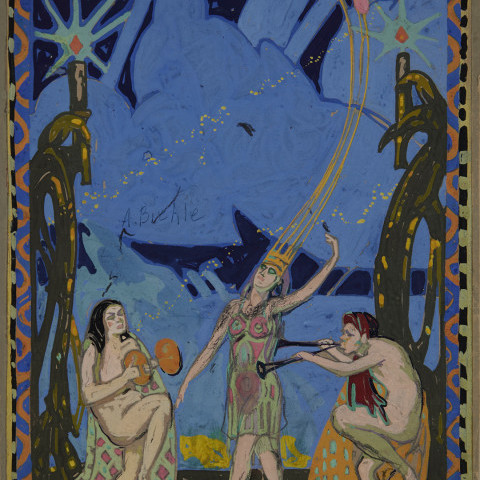
Figural Group on Blue, Cymbals and Flutes, Kokoon Klub Souvenir/Poster, c. 1917-20 August Frederick Biehle
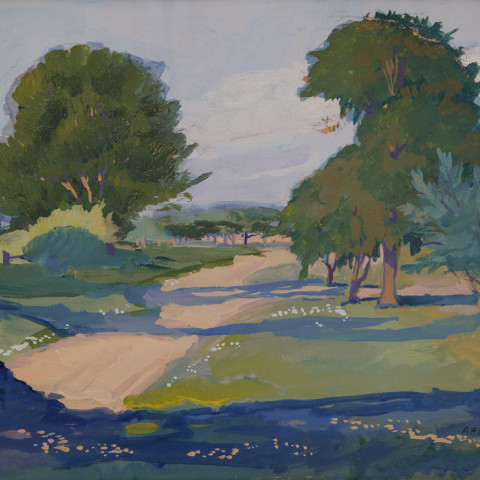
Road through Berlin Heights, c. 1919 August Frederick Biehle
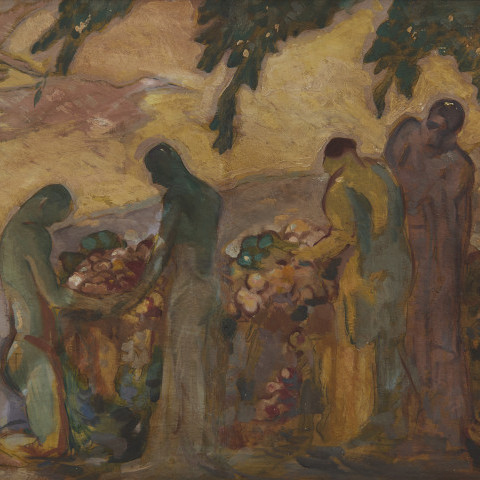
New World Harvest, c. 1919 August Frederick Biehle
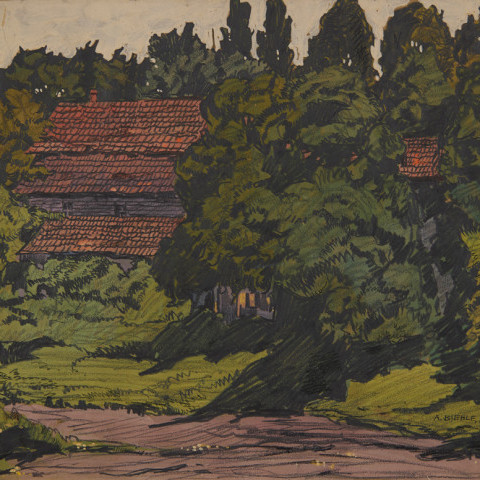
Brewery, Zoar, Ohio, 1920 August Frederick Biehle
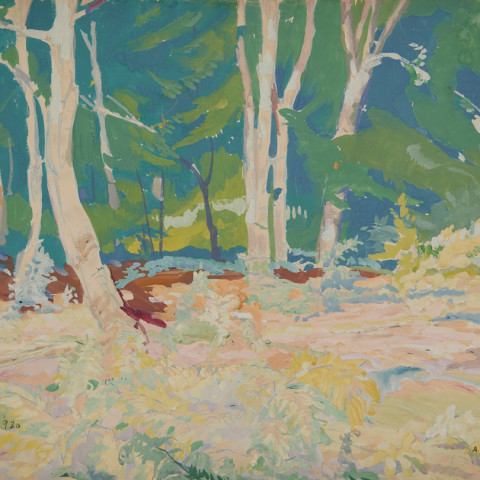
Woods Interior, Berlin Heights, 1920 August Frederick Biehle
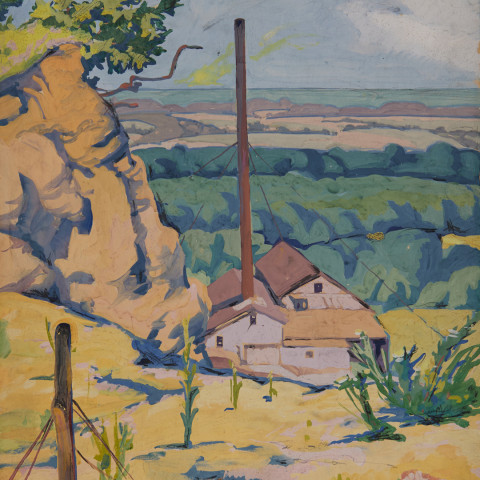
Stone Quarry, Berlin Heights, 1920 August Frederick Biehle
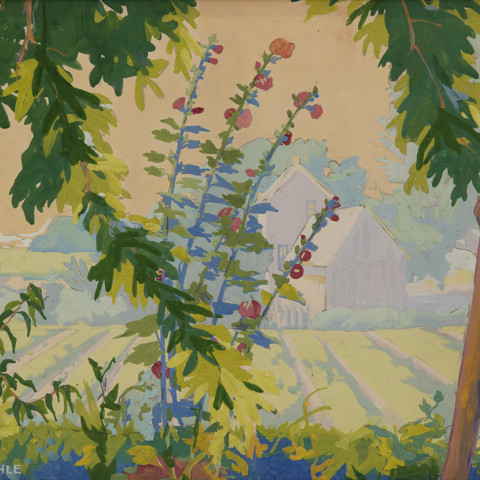
Farm Scene with Hollyhocks, 1920 August Frederick Biehle
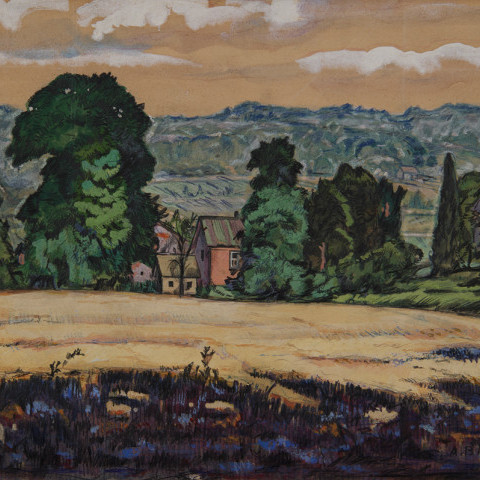
Houses in Zoar, c. 1921 August Frederick Biehle
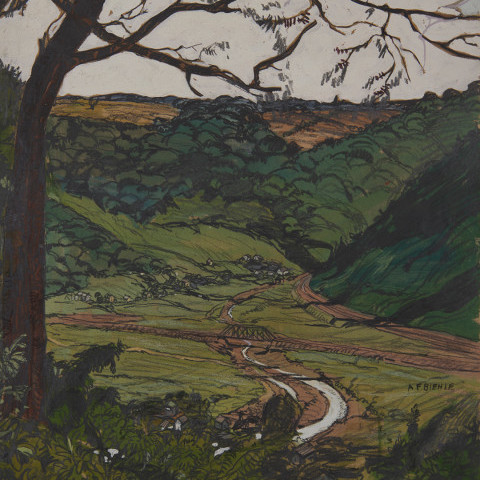
Landscape in West Virginia, 1922 August Frederick Biehle
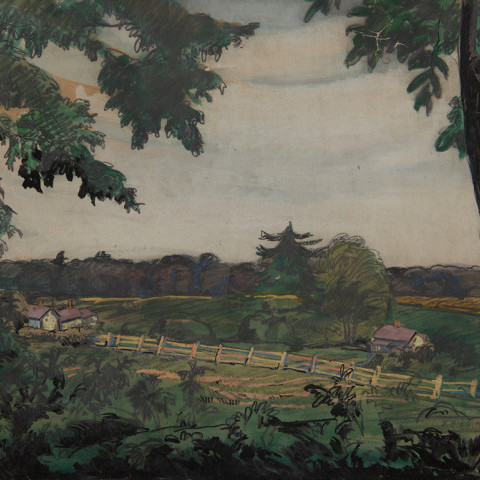
Farm Landscape, Zoar, c. 1923 August Frederick Biehle
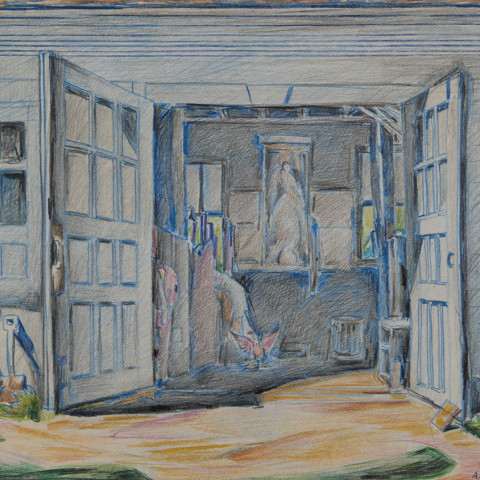
Humm's Barn, Berlin Heights, c. 1923 August Frederick Biehle
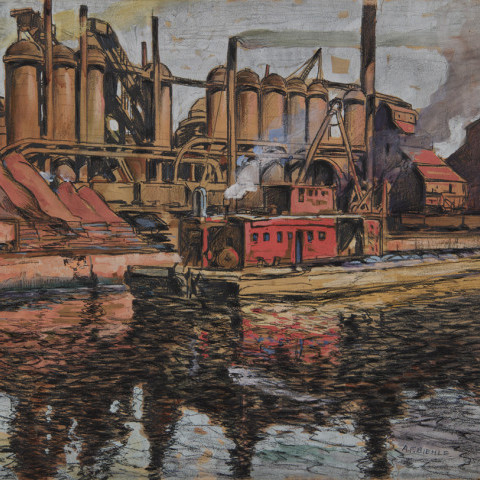
Republic Steel on the Cuyahoga River, c. 1924 August Frederick Biehle
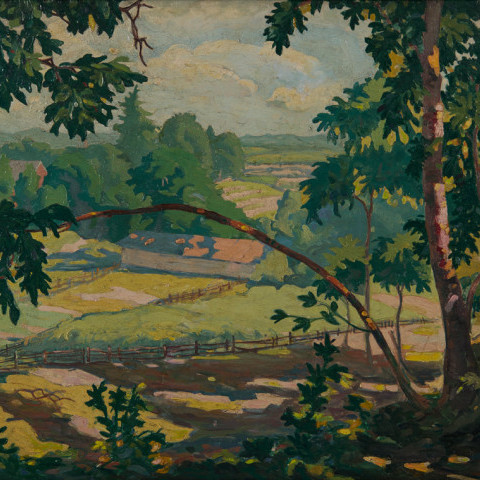
Landscape, Berlin Heights, 1924 August Frederick Biehle
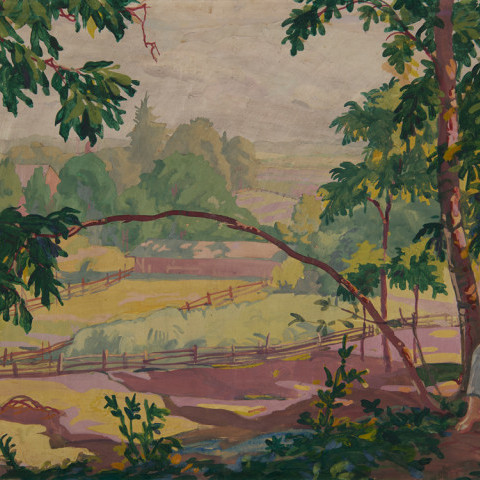
Berlin Heights Landscape with Figure, c. 1924 August Frederick Biehle
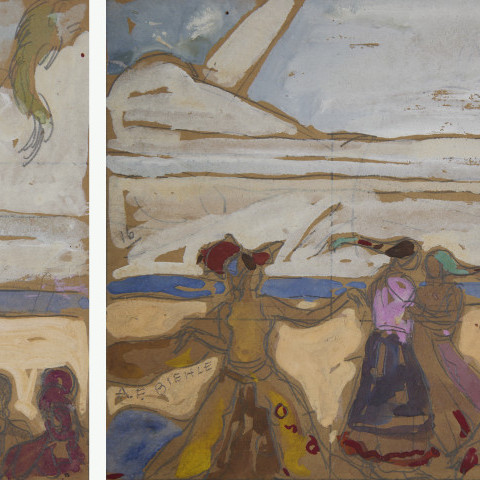
Mural Sketch for a Kokoon Klub Ball, 1926 August Frederick Biehle
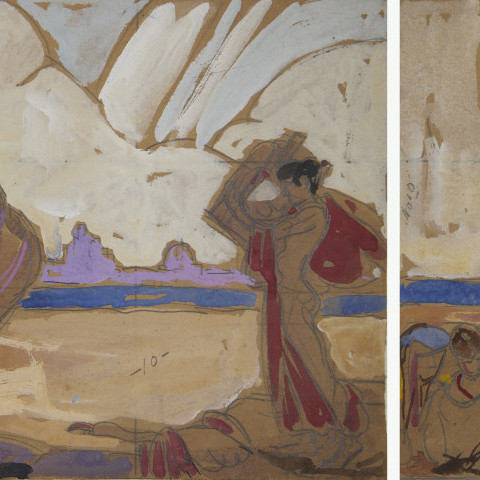
Mural Sketch for a Kokoon Klub Ball, 1926 August Frederick Biehle
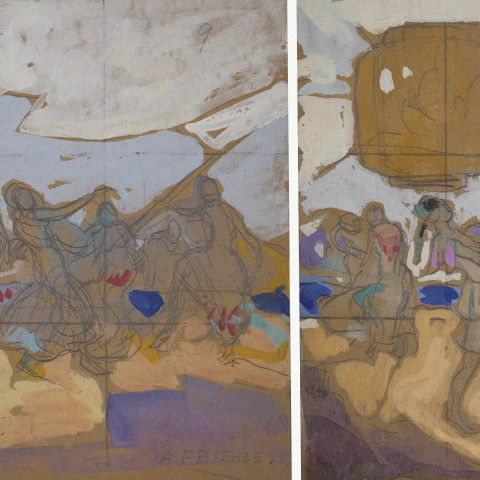
Mural Sketch for a Kokoon Klub Ball, 1926 August Frederick Biehle
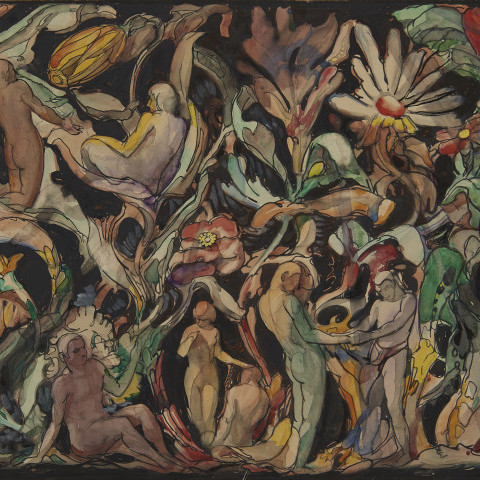
Decorated Panel, 1926 August Frederick Biehle
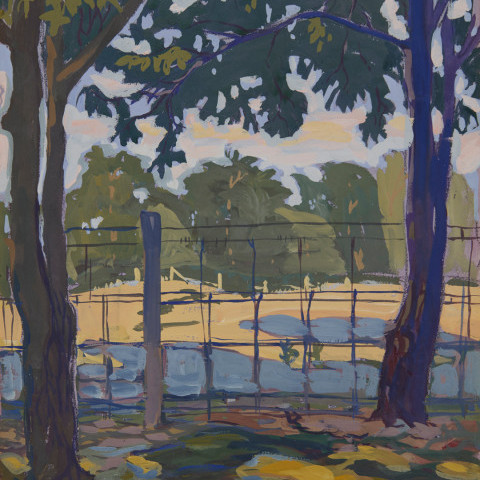
Edge of the Woods, c. 1927 August Frederick Biehle
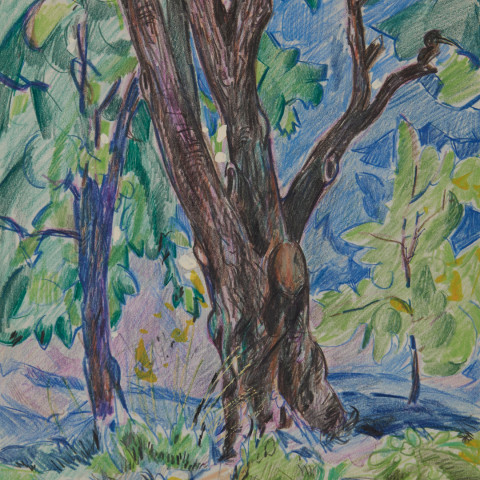
Trees, c. 1928 August Frederick Biehle
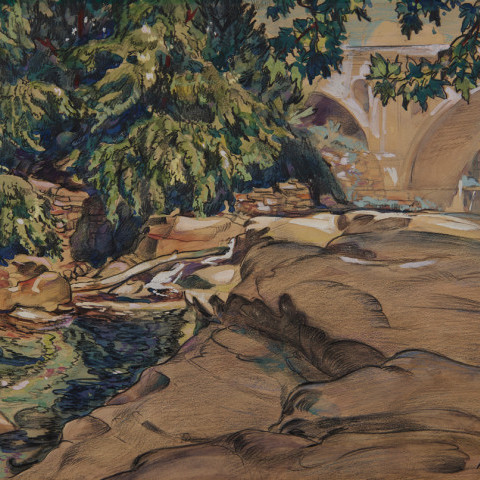
Meredith Falls, Berea, c. 1929 August Frederick Biehle
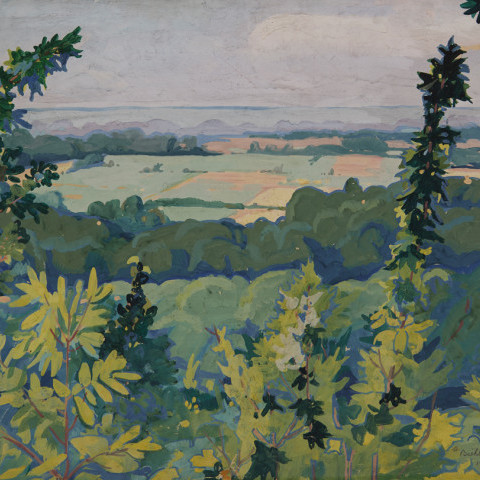
Berlin Heights Looking toward Lake Erie, 1929 August Frederick Biehle
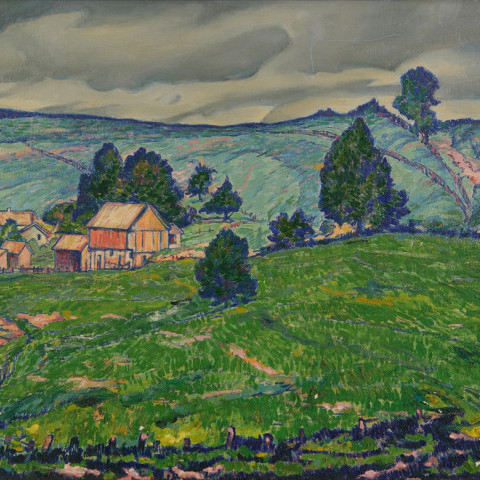
Farm in Berlin Heights, c. 1930 August Frederick Biehle
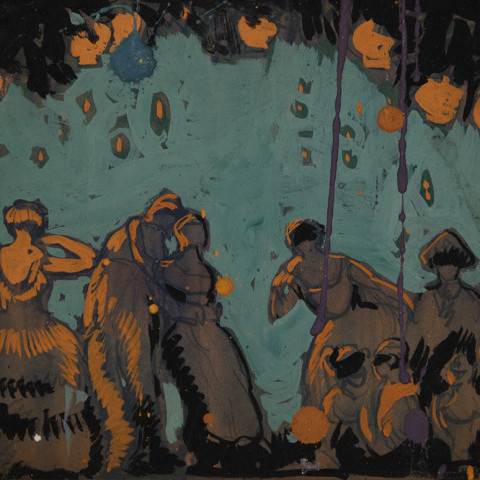
Dancing Figures, Sketch for Kokoon Klub Poster, c. 1930 August Frederick Biehle
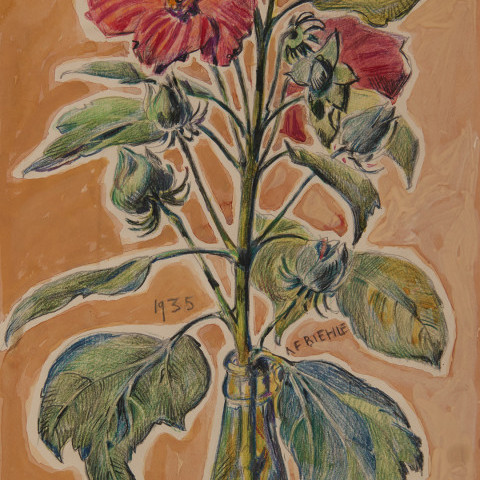
Hibiscus, 1935 August Frederick Biehle
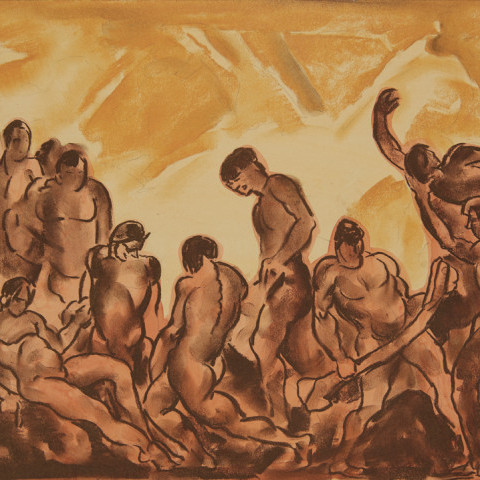
The Struggle, c. 1936 August Frederick Biehle
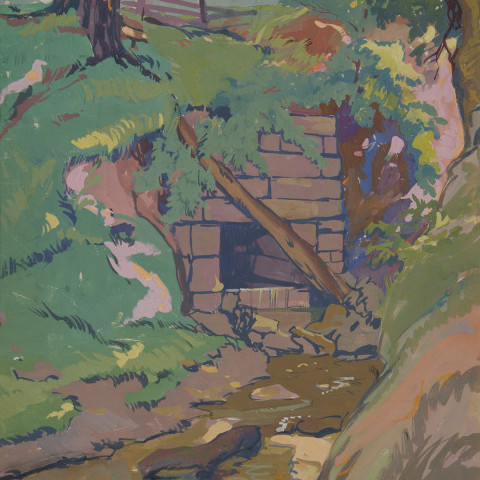
Creek by the Lime Kiln, 1938 August Frederick Biehle
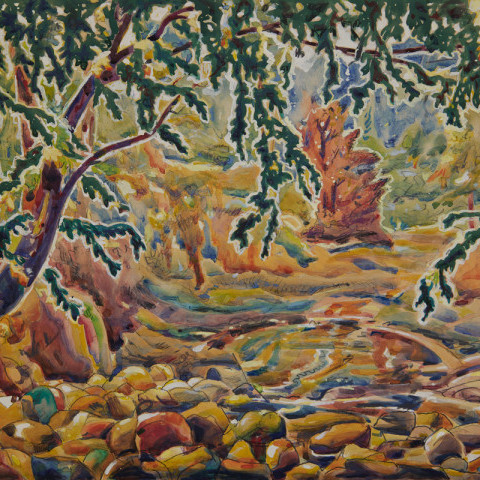
Creek in the Forest, c. 1949 August Frederick Biehle
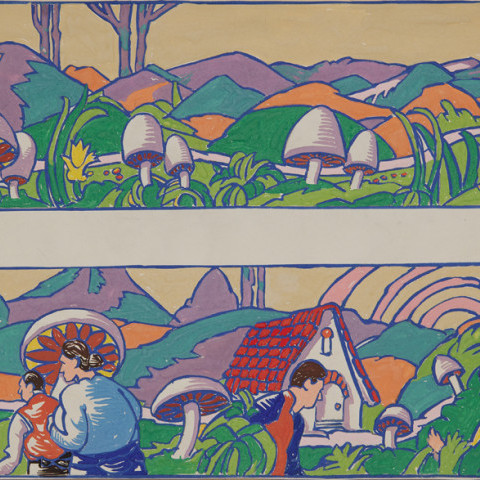
Mural Study with Mushrooms, 1952 August Frederick Biehle
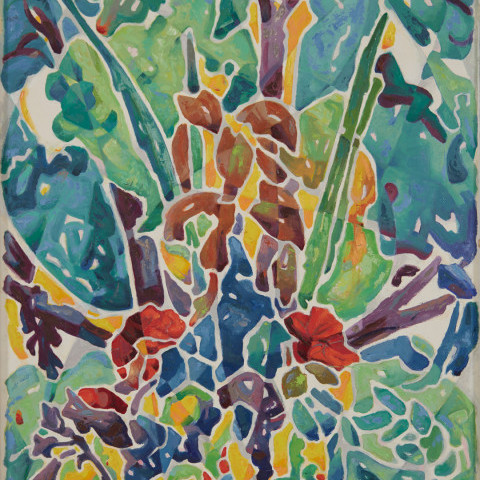
Abstract Floral, c. 1960 August Frederick Biehle
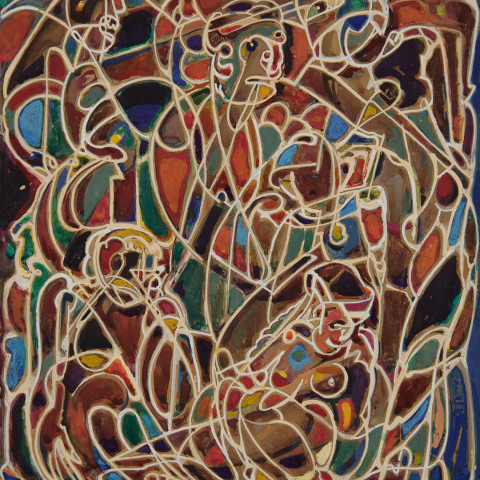
Untitled (Labyrinth Lines and Faces), c. 1965 August Frederick Biehle
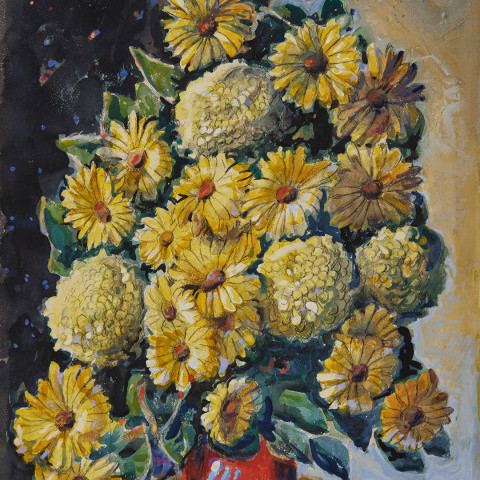
Chrysanthemums and Gerbera Daisies August Frederick Biehle
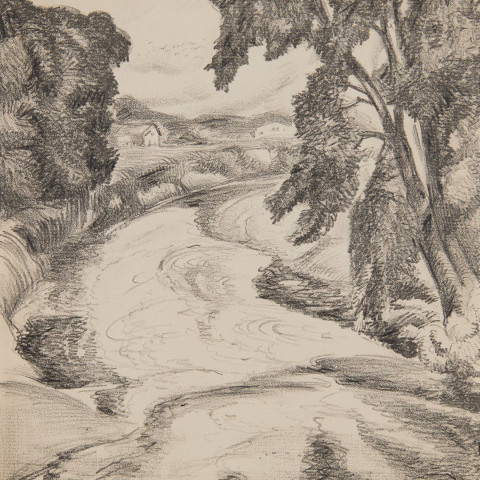
Ohio Canal, c. 1932 August Frederick Biehle
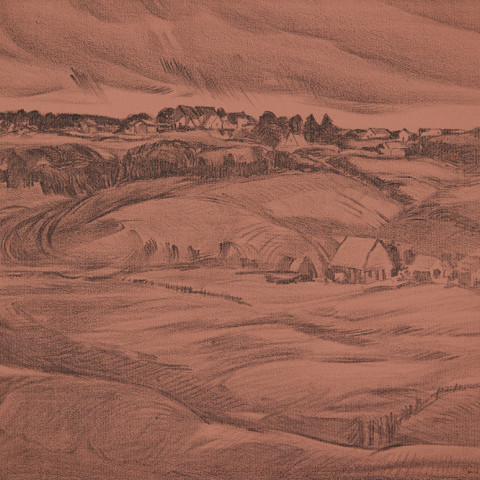
Zoar Hillside, c. 1932 August Frederick Biehle
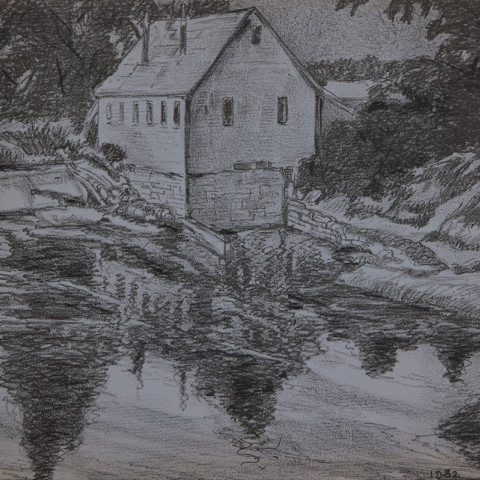
Old Mill at Zoar, 1932 August Frederick Biehle
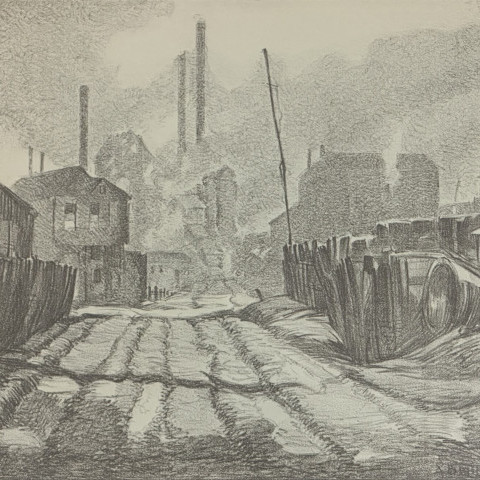
Scranton Road, c. 1932 August Frederick Biehle
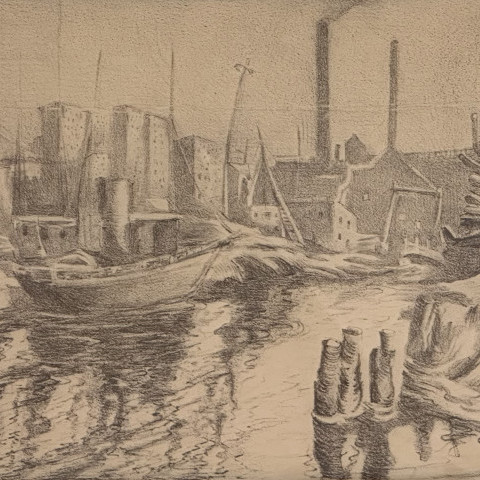
Riverfront: Cuyahoga River, 1932 August Frederick Biehle

SOLD
Cleveland Flats, Scranton Road, c. 1925 August Frederick Biehle

SOLD
Lake Erie Skyline (Lake Erie Expo Sketch) Tryptic, Great Lakes Exposition (World's Fair), c. 1936 August Frederick Biehle
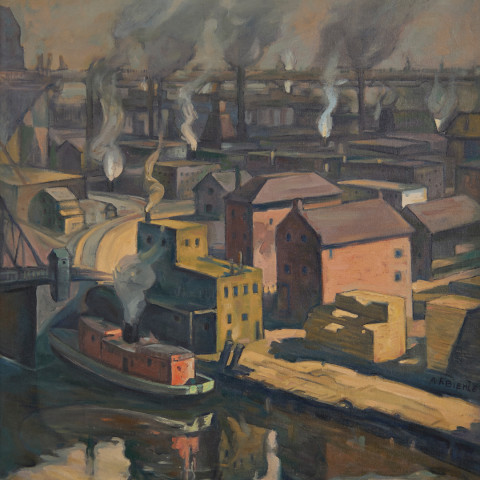
SOLD
Fire Tug on the Cuyahoga River, date unknown, after a painting of 1908 August Frederick Biehle
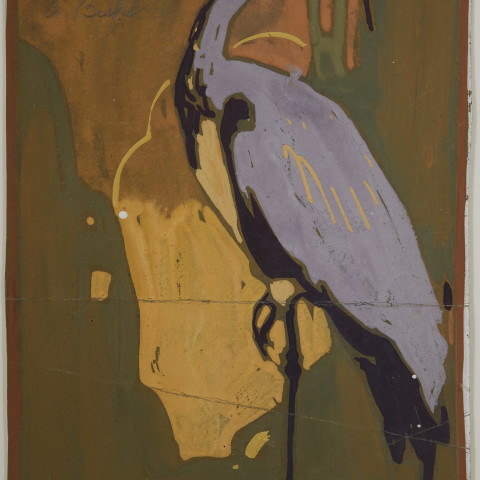
SOLD
Blue Heron with Alphabet, c. 1911 August Frederick Biehle
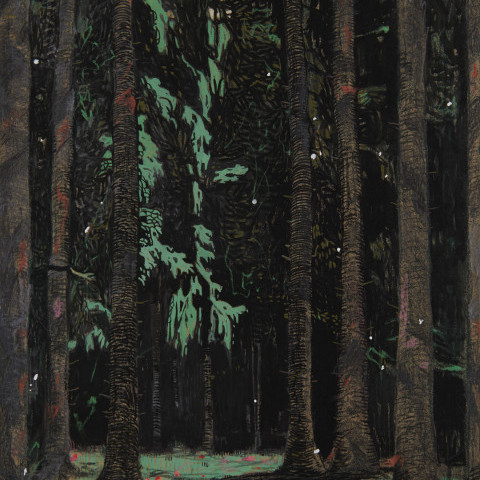
SOLD
Forest in Germany, c. 1912 August Frederick Biehle
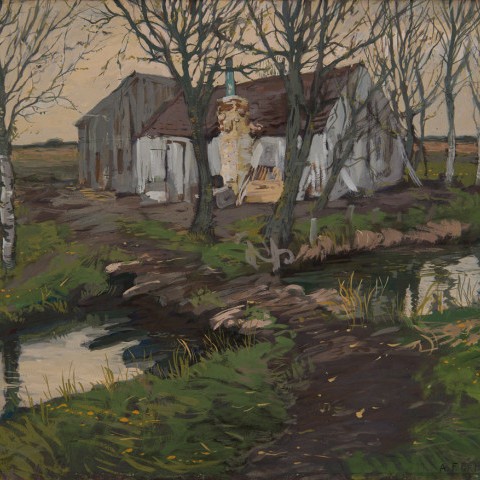
SOLD
House in the Moor near Munich, 1912 August Frederick Biehle
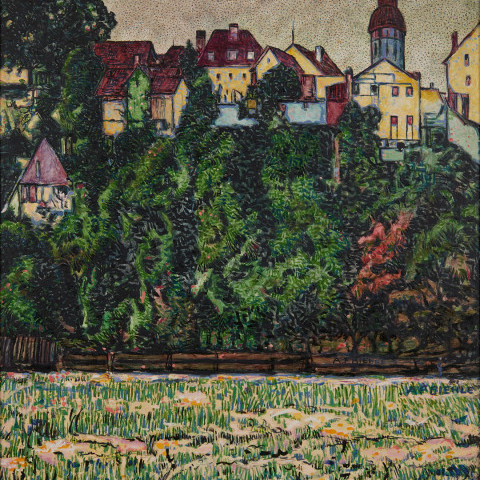
SOLD
Scene in Southern Germany, c. 1912 August Frederick Biehle
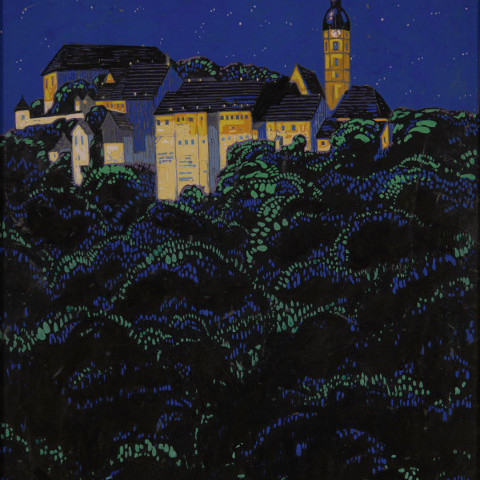
SOLD
Castle in Germany, 1912 August Frederick Biehle
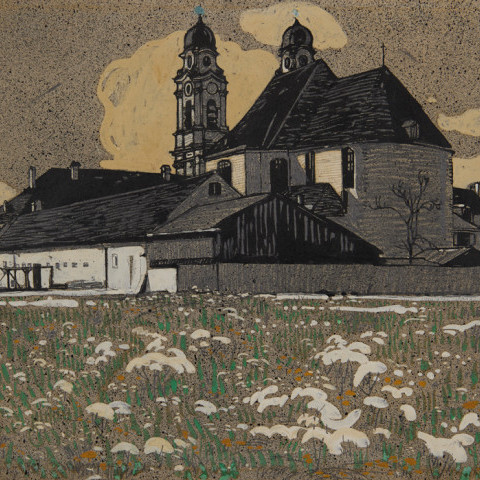
SOLD
Town Chapel near Munich, Germany, 1912 August Frederick Biehle
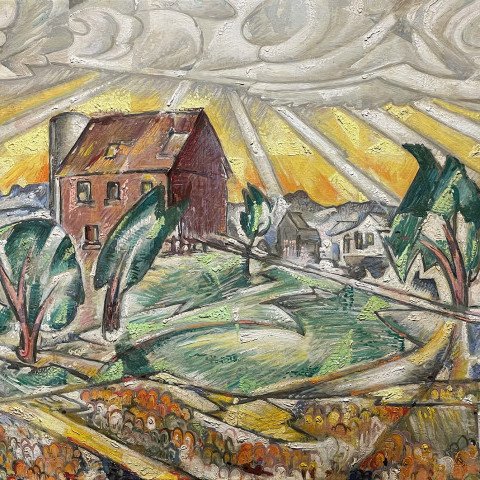
SOLD
Brandywine Road, c. 1913 August Frederick Biehle
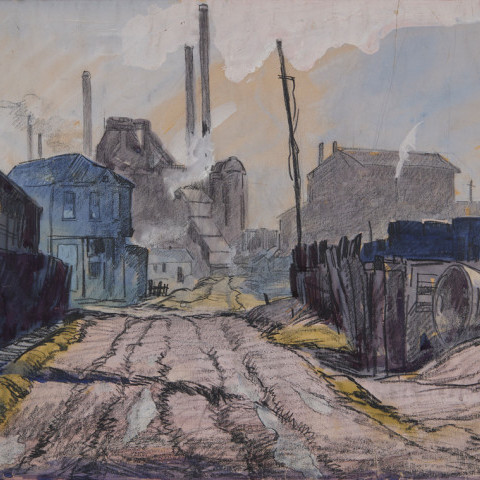
SOLD
Scranton Road in the Flats, c. 1913 August Frederick Biehle
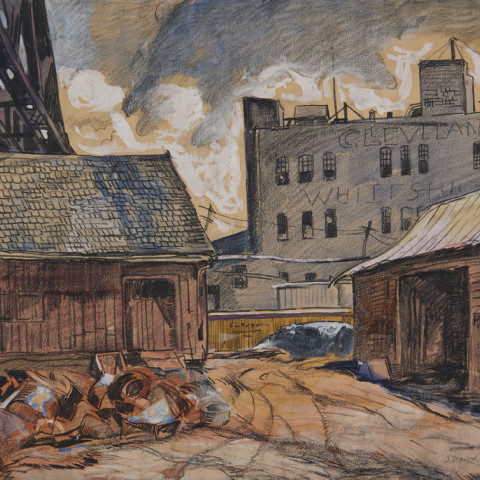
SOLD
Cleveland Whitefish Company, c. 1913 August Frederick Biehle
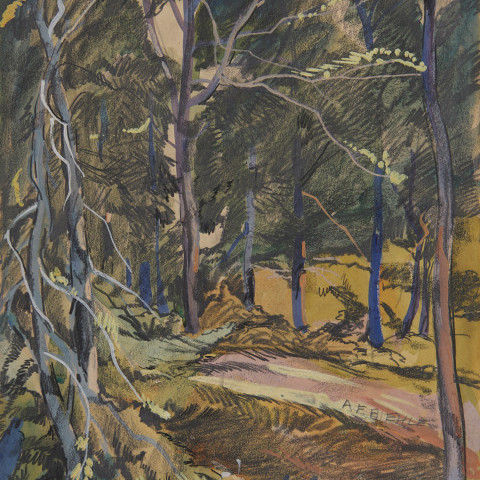
SOLD
Forest Scene, c. 1913-15 August Frederick Biehle
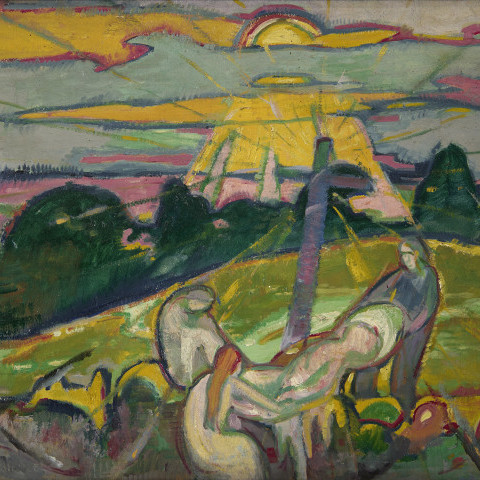
SOLD
The Deposition, 1913 August Frederick Biehle

SOLD
Woodlands, 1913-15 August Frederick Biehle
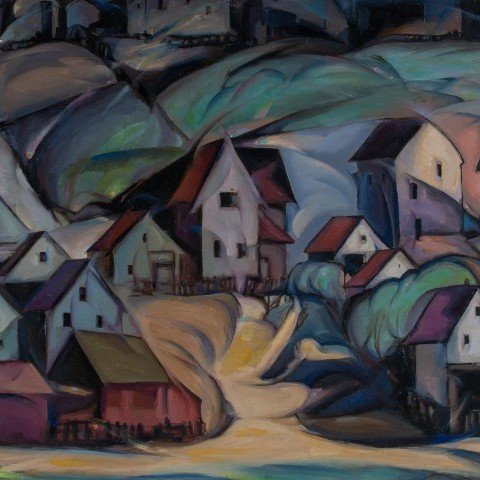
SOLD
Cleveland West Side, Hillside Houses, c. 1914-1917 August Frederick Biehle
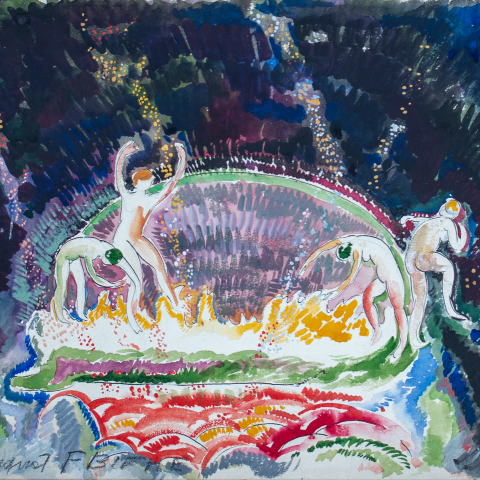
SOLD
Dancers, c. 1915 August Frederick Biehle
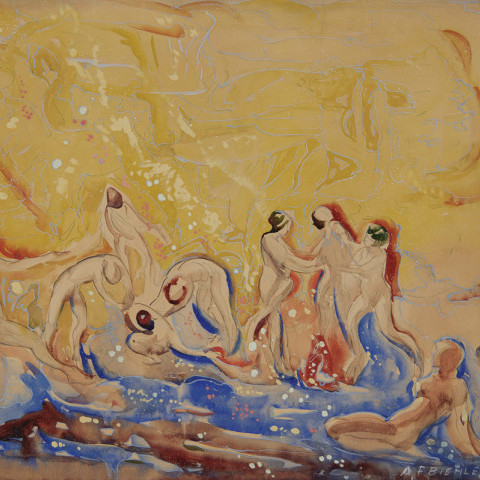
SOLD
Bathers on Yellow, c. 1915-21 August Frederick Biehle
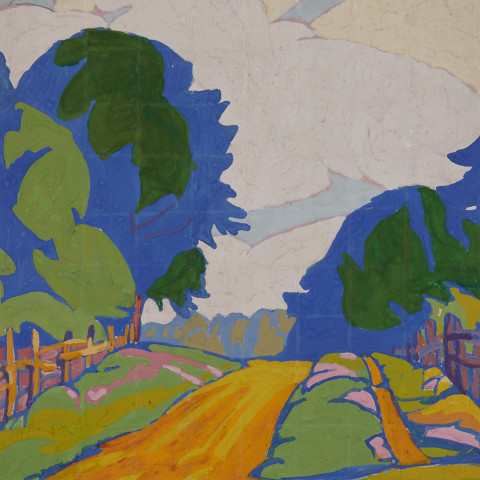
SOLD
Road to Berlin Heights, c. 1919 August Frederick Biehle
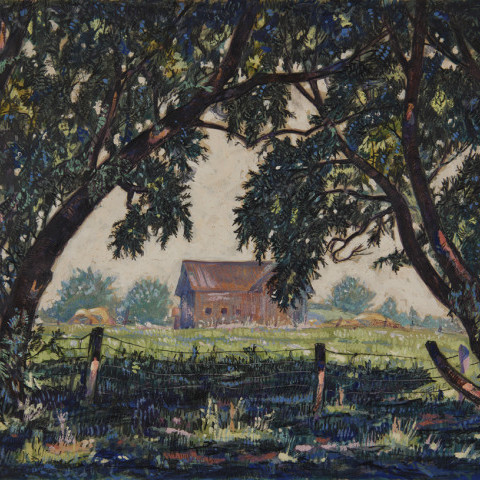
SOLD
Farm Landscape through the Trees, Zoar, c. 1920 August Frederick Biehle
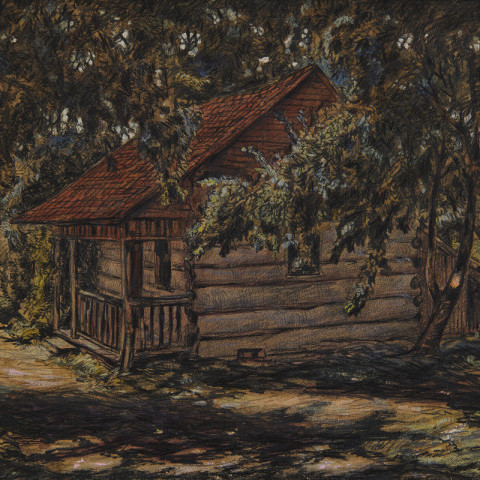
SOLD
Overgrown Hermitage along Road to Zoar, 1920 August Frederick Biehle
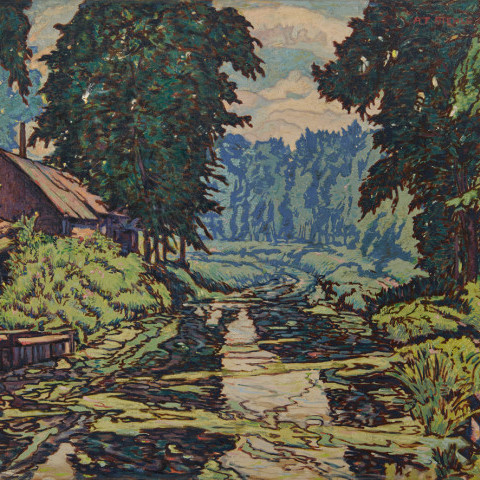
SOLD
Mill on the Canal, Zoar, Ohio, c. 1920 August Frederick Biehle
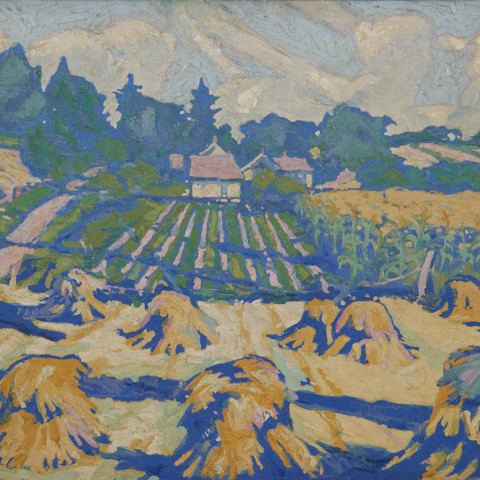
SOLD
Haystacks at Berlin Heights, c. 1920 August Frederick Biehle
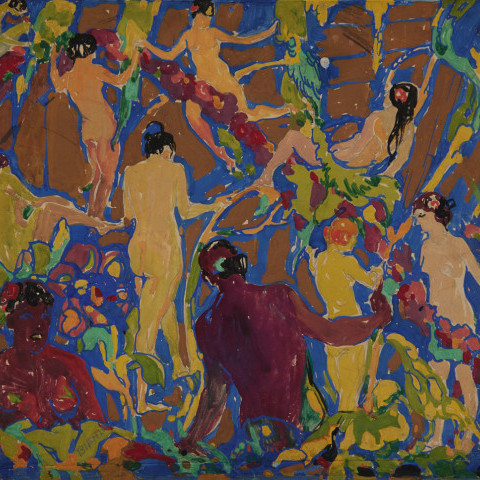
SOLD
Bathers, c. 1920 August Frederick Biehle
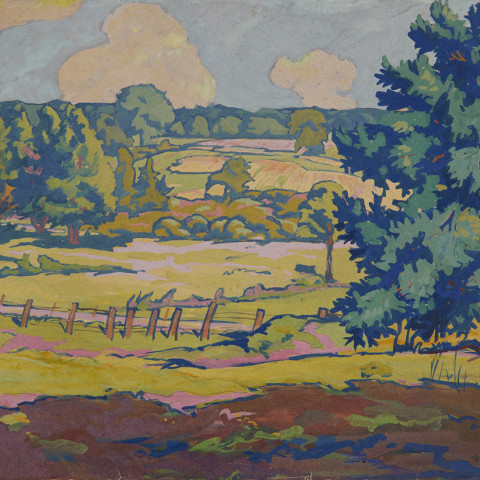
SOLD
Berlin Heights Landscape, 1921 August Frederick Biehle
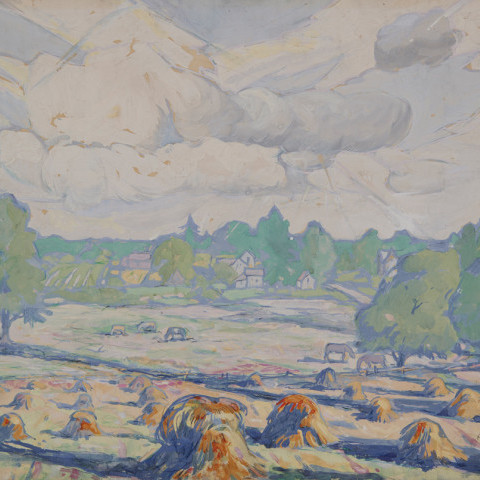
SOLD
Humm Road in Berlin Heights, c. 1921 August Frederick Biehle
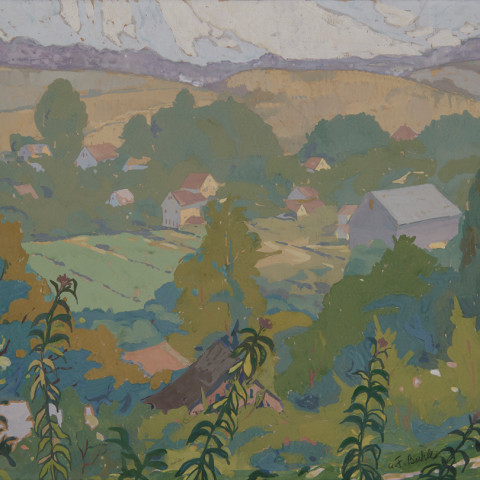
SOLD
A View of Berlin Heights, c. 1925 August Frederick Biehle
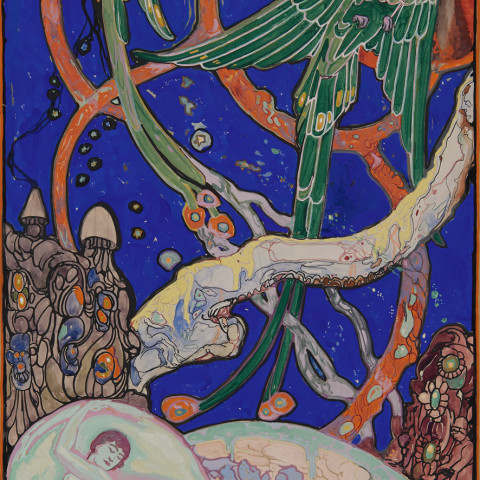
SOLD
Figures with Birds, Sketch for Kokoon Klub Poster, 1925 August Frederick Biehle
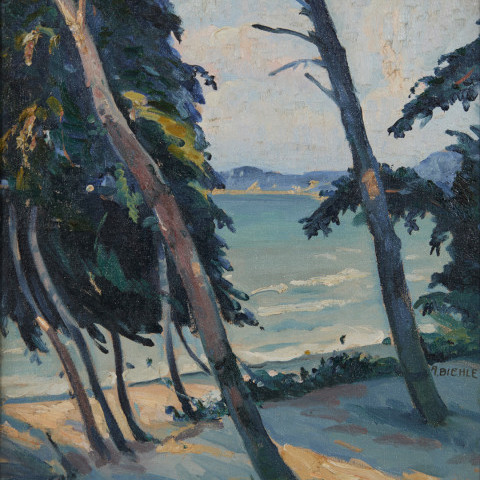
SOLD
Lake Erie Shore near Berlin Heights, c. 1926 August Frederick Biehle
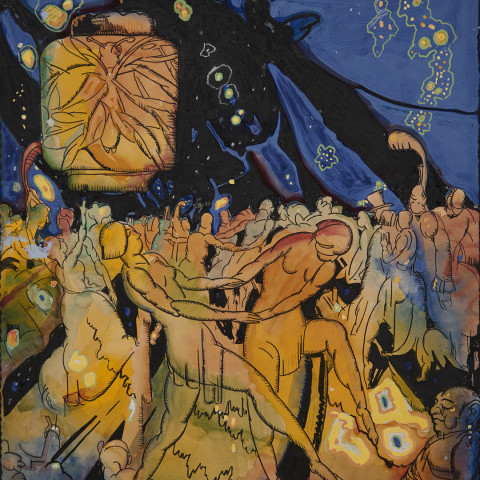
SOLD
Sketch for Kokoon Klub Souvenir Book, 1926 August Frederick Biehle
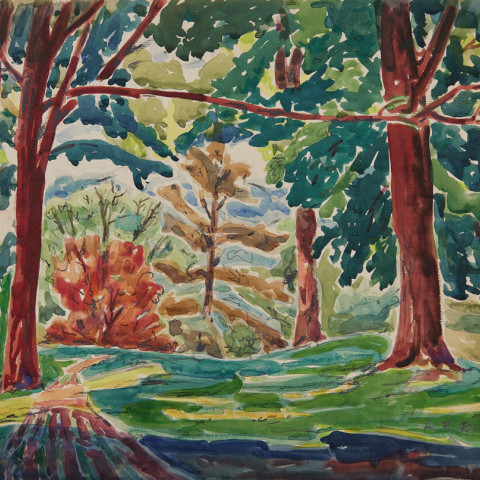
SOLD
Through the Trees, 1928 August Frederick Biehle
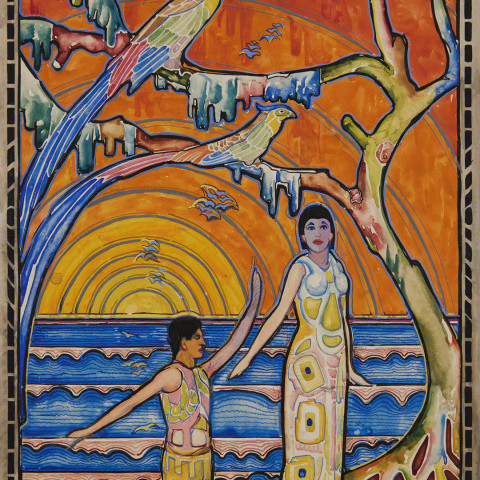
SOLD
The Proposal, Sketch for Kokoon Klub Poster, c. 1928 August Frederick Biehle
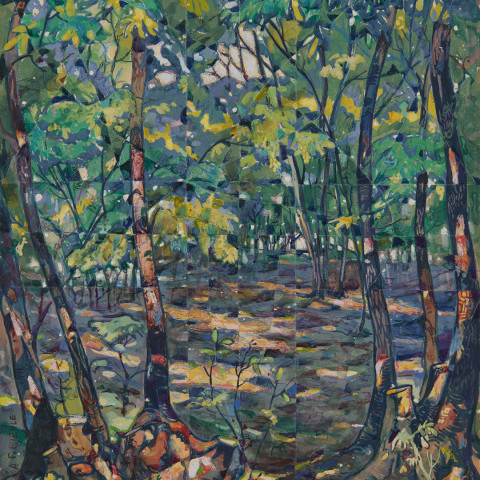
SOLD
Illuminated Forest Floor, c. 1930 August Frederick Biehle
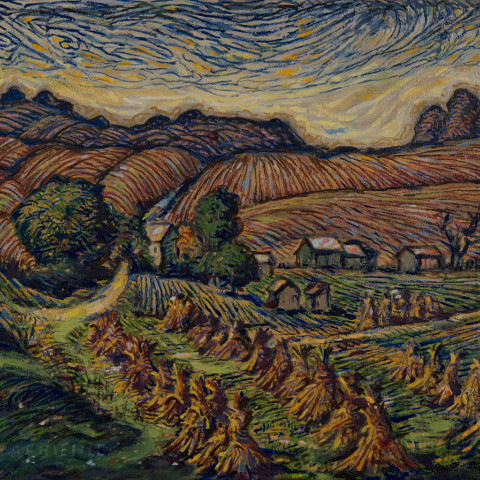
SOLD
The Road to Dover, c. 1932 August Frederick Biehle
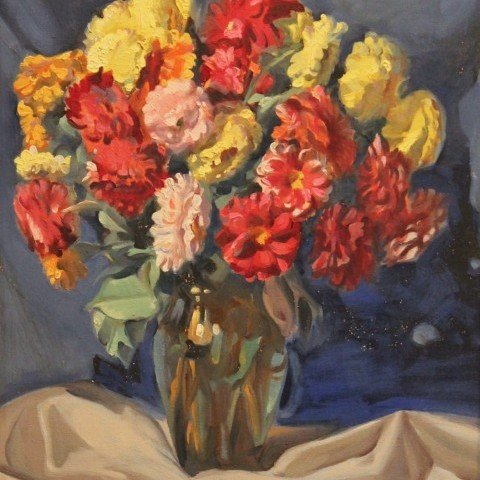
SOLD
Still Life, Zinnias in a Vase, 1933 August Frederick Biehle
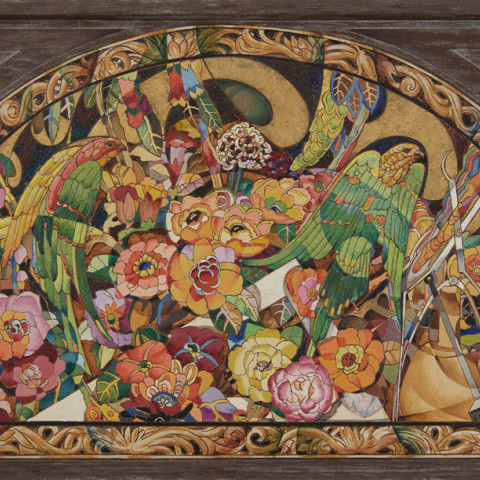
SOLD
Decorative Mural, 1934 August Frederick Biehle
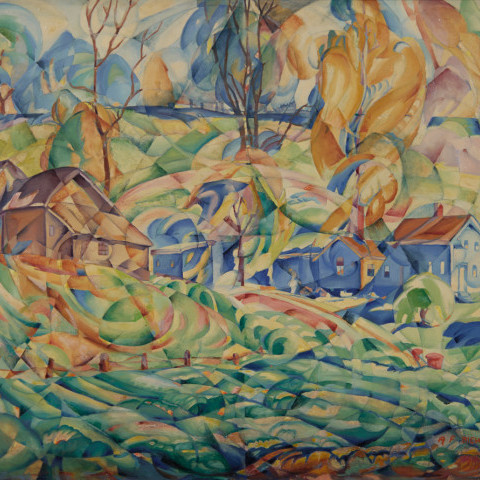
SOLD
Farm near Canal Road, c. 1935 August Frederick Biehle
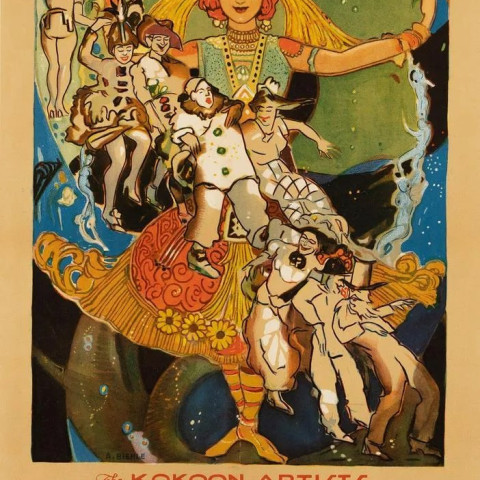
SOLD
Kokoon Artists Costome Bal Masque, 1937 August Frederick Biehle
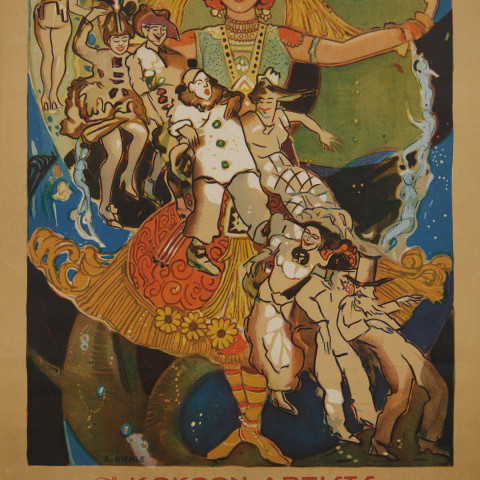
SOLD
Costume Bal Masque, Kokoon Klub Poster, 1937 August Frederick Biehle
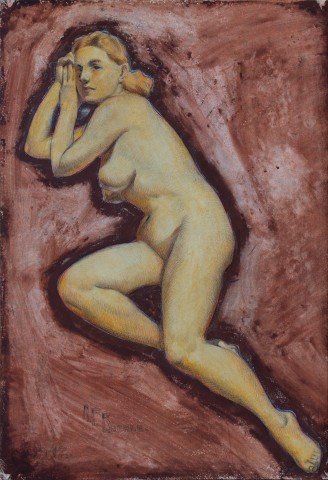
SOLD
Nude, 1942 August Frederick Biehle
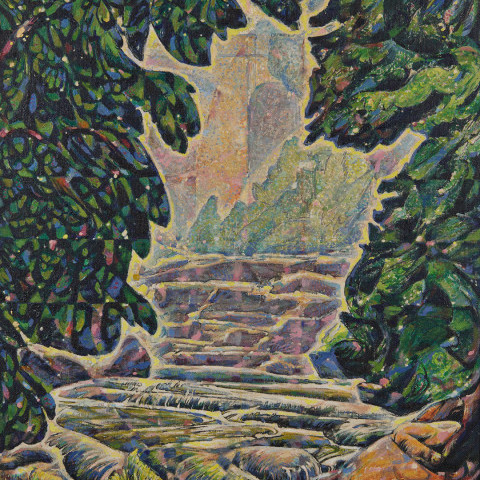
SOLD
Berea Woods, Meredith Falls, c. 1954 August Frederick Biehle
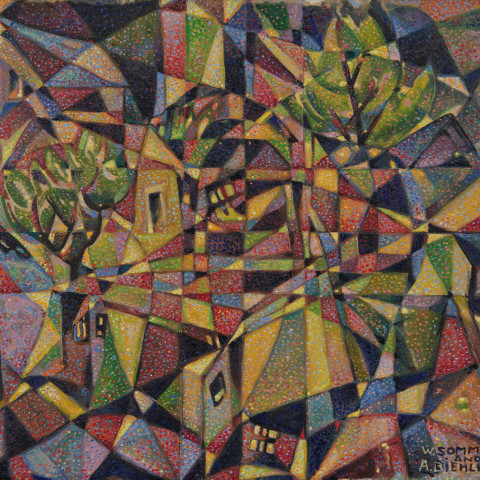
SOLD
Buescher Farm Abstraction (Memorial to William Sommer), c. 1955 August Frederick Biehle
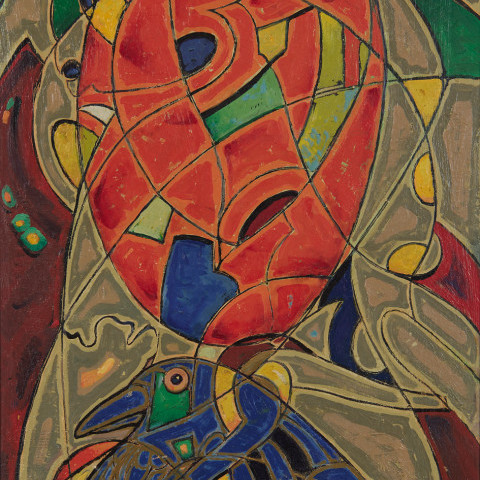
SOLD
Bird Abstraction, c. 1965 August Frederick Biehle
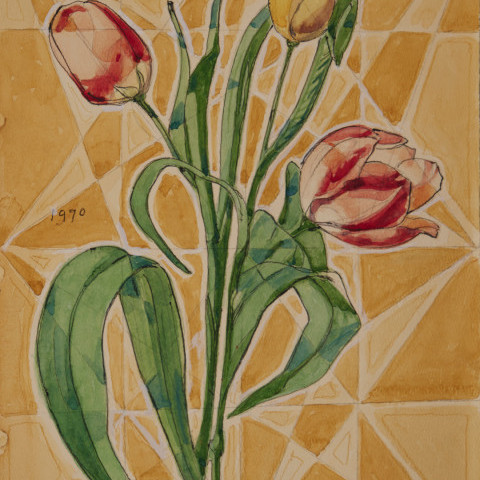
SOLD
Tulip Still Life, 1970 August Frederick Biehle
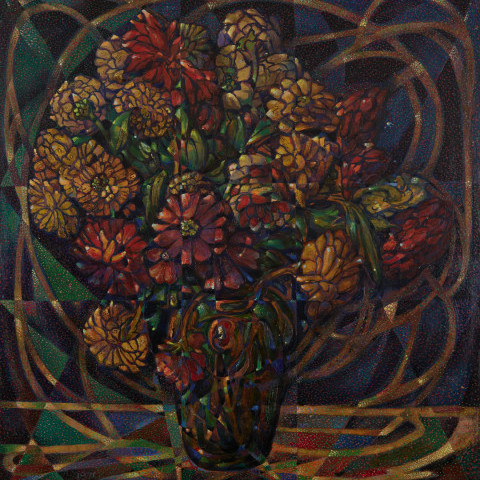
SOLD
Still Life with Zinnias, 1971 August Frederick Biehle
